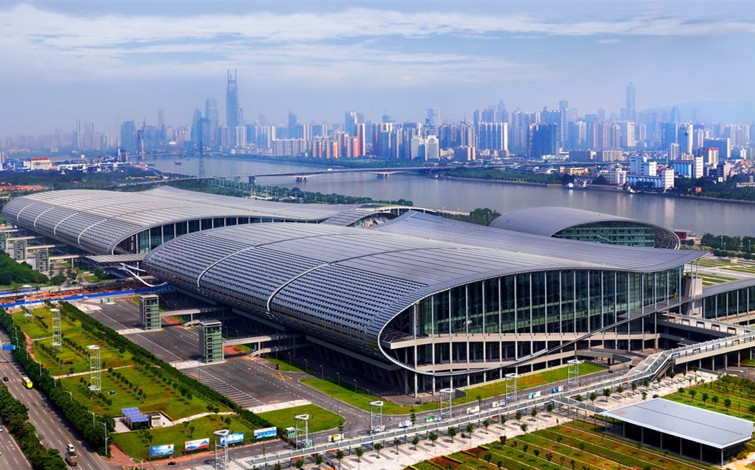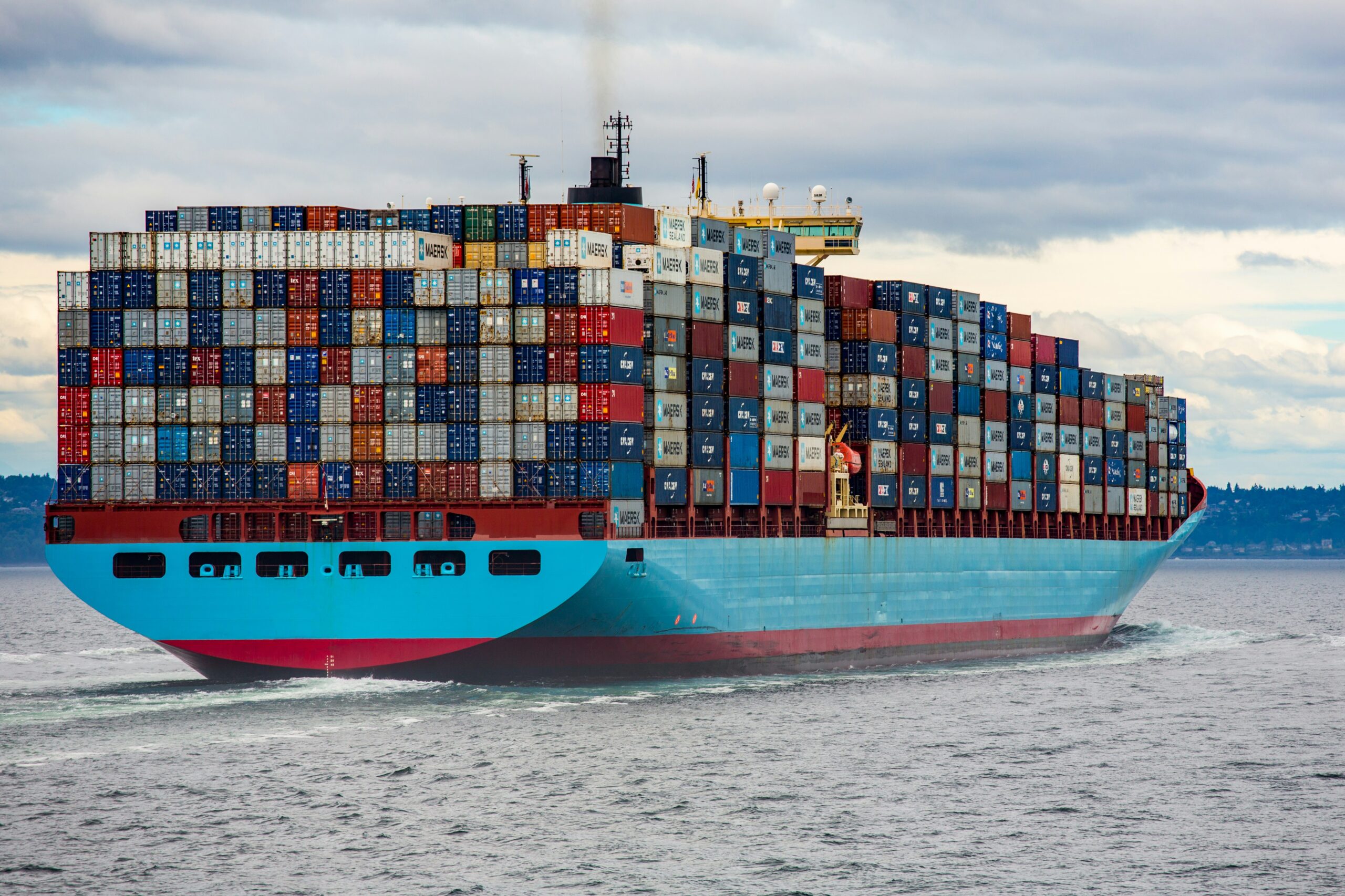If there’s one lesson the last few years have driven home, it’s that supply chains are rarely as sturdy as we want them to be. You only need to look at the chaos brought by new tariffs, or the mess in the Red Sea, to know nobody is as insulated from disruption as they once hoped.
Global statistics reinforce the point. The World Bank says that global trade growth will slow this year due to heightened supply chain risks. It’s no surprise then that we often get asked: “What are the best ways to boost my supply chain resilience?”
Here are our top three tips:
Concentration Risk
Concentration risk is simple: it means leaning too heavily on one supplier, region or shipping route.
China’s dominance in rare earths is a textbook case. The country controls around 60-70% of global rare earth mining and more than 90% of global processing capacity. It’s understandable then, that its threat of new export controls this year rattled Washington and Brussels. A one-year truce on export restrictions has left the U.S. to scrambling to diversify.
Geopolitics may be beyond our control, but the lesson holds for everyone else: don’t let any one supplier control your fate.
Plenty of firms have wired payments to trusted Chinese suppliers, only to watch them vanish. It’s not rare. Bankruptcy cases in China jumped from 10,132 in 2020 to 30,000 by 2024, Reuters reports, and a certain percentage of those have left foreign partners chasing losses.
Bankruptcy Cases in China
Source: Reuters
Due diligence helps, but it’s no fail-safe. However glowing those risk assessments look, if one supplier’s collapse would wipe out three-quarters of your revenue, you’ve got a problem. Concentration kills.
Business Continuity Planning
If concentration risk is about not putting all your eggs in one basket, business continuity planning is what you do when the basket hits the floor. It’s the business equivalent of “planning for the worst.”
Take the Red Sea crisis. Since late 2023, Houthi attacks have forced ships to reroute around Africa, dodging the Suez and driving up delivery times and costs. That’s a migraine for everyone, but for some more than others.
Let’s imagine a company with a business continuity plan. Long before the crisis, they’d already gamed out scenarios like major shipping disruptions: lining up backup air freight for urgent stock, mapping alternative routes and building extra inventory. So when disaster struck, their shipments still moved — just at a higher cost.
Now picture a company with no such plan. For them, it was chaos: missed deadlines, a scramble for air freight and angry customers left waiting.
Obviously, a business continuity plan isn’t the only factor that determines how badly you’re hit when disaster strikes, but it helps. Planning doesn’t erase risk, but it’s often the difference between a controlled mess and a full-scale meltdown.
Continuity planning isn’t exactly fun, and mapping out everything that could go wrong in your supply chain is grunt work. Maybe that’s why only 49% of companies worldwide had a business continuity plan in place prior to 2020, according to IBM. But even the most tedious prep beats improvising while losing costumers.
Start by listing what you can’t lose. If a supplier fails, which shipments matter most? If shipping delays two weeks, who waits? Rank these by impact. Then assess risk. Which suppliers are most likely to fail? How quickly can you switch?
Create playbooks for specific scenarios: losing a distribution center, warehouse failure, key supplier failure. Have contact lists, templates, and ready plans. Don’t wait to scramble when panic hits.
People on the Ground
Diversification and continuity plans are essential, but there’s no substitute for boots on the ground. If you’re running your China operations completely remotely, you’re flying blind.
Putting staff in China is the single best way to boost your supply chain resilience. With people close to your suppliers, issues get flagged early, whether that’s a factory’s cashflow problems or sudden changes in production quality.
Of course, managing an entity in China used to be such a pain that most foreign companies sourcing in China didn’t bother. The admin was almost as bad as the supply chain risk itself!
But now, employer of record services like The China Desk let you have local staff — sourcing managers, inspectors, coordinators — without all the bureaucracy of managing a local business.
Clients using our China Desk see clear benefits. With local staff, delays get handled before they grow, and small hiccups don’t become big disruptions. It’s a simple edge that improves your supply chain resilience.
What You Can Do
- Don’t let a single supplier decide your fate. Diversify early, before trouble hits.
- Have a business continuity plan you can actually follow, not just file away. Run scenarios and update them regularly.
- Get someone on the ground where it counts. Local eyes spot problems before they become disasters.




